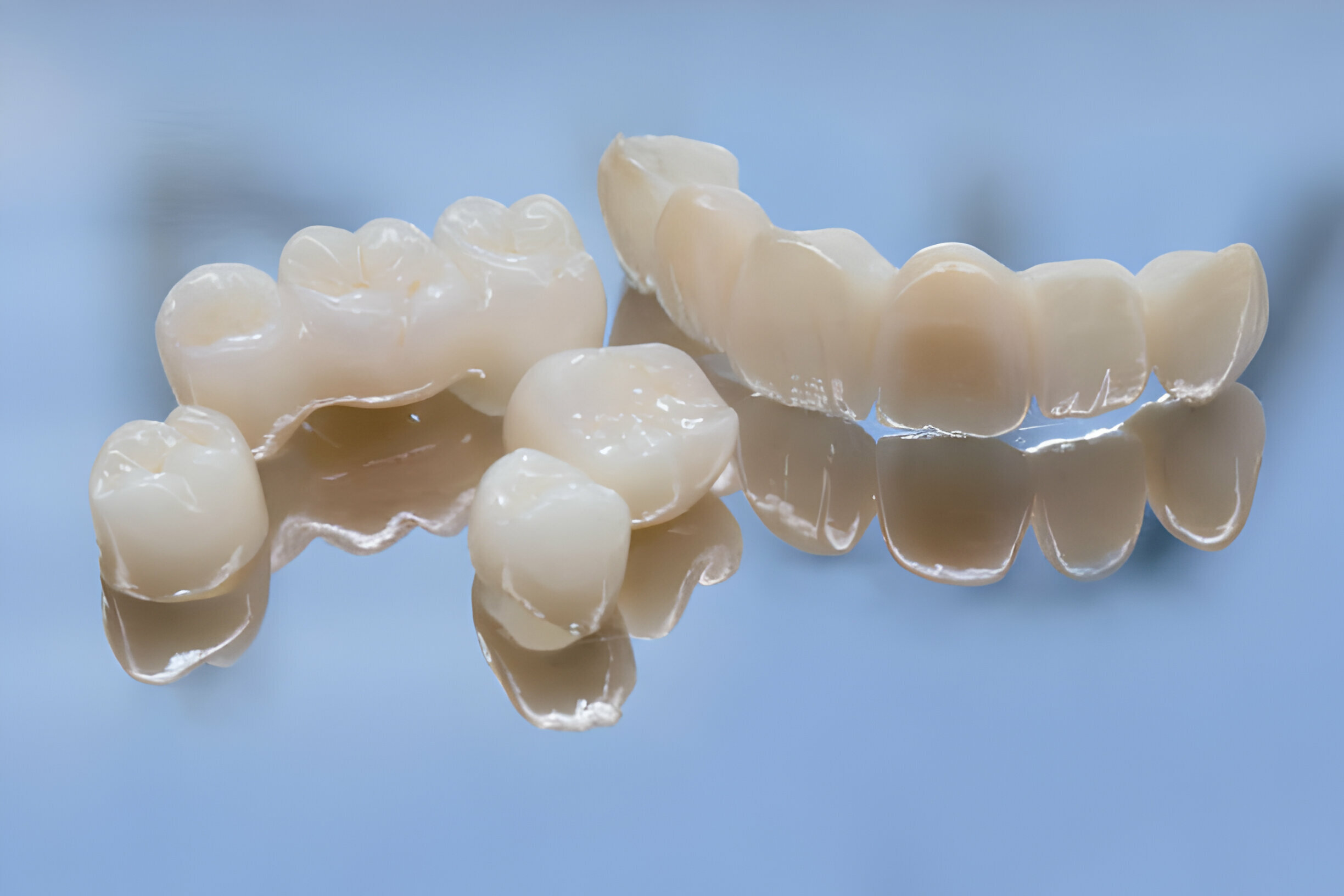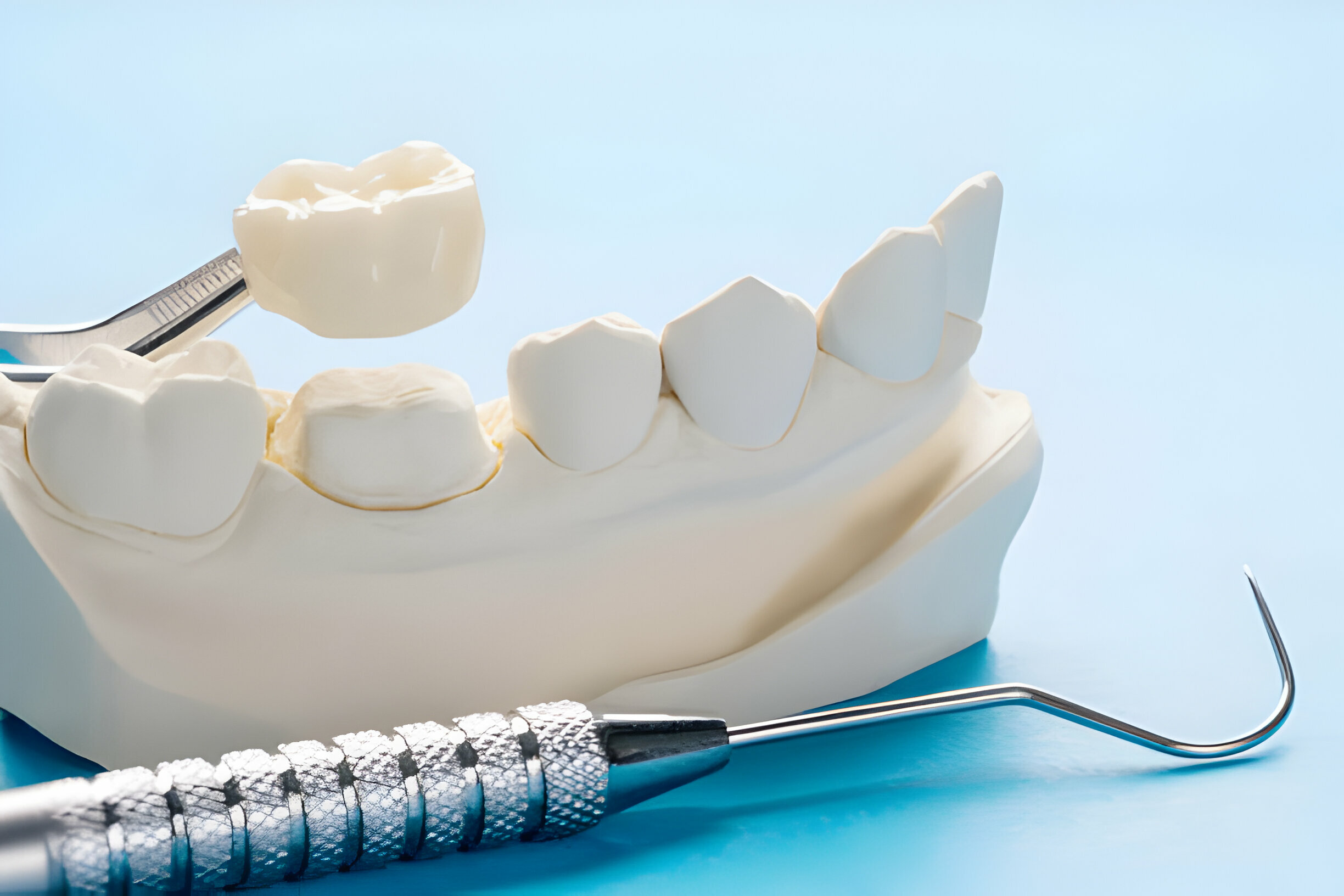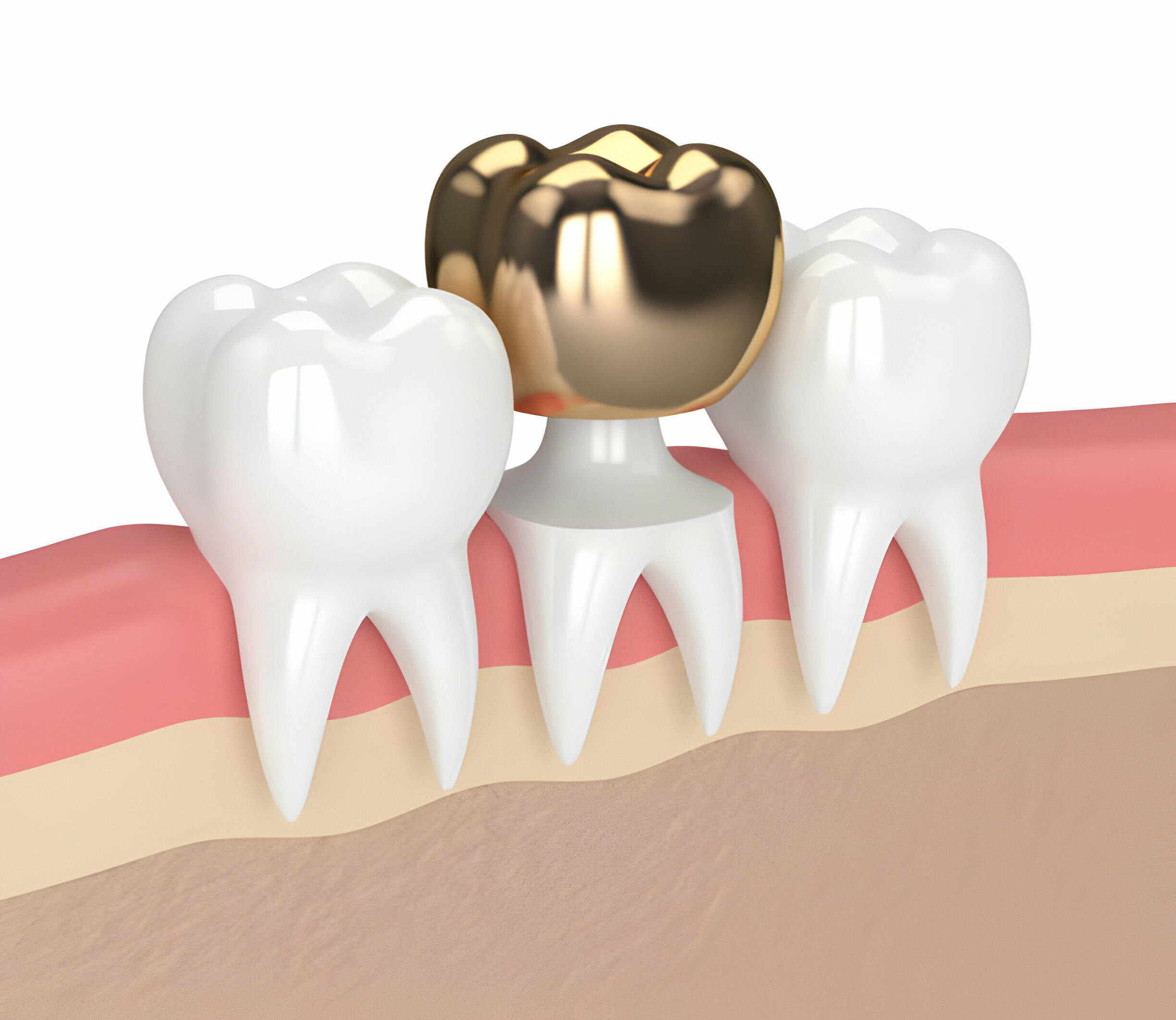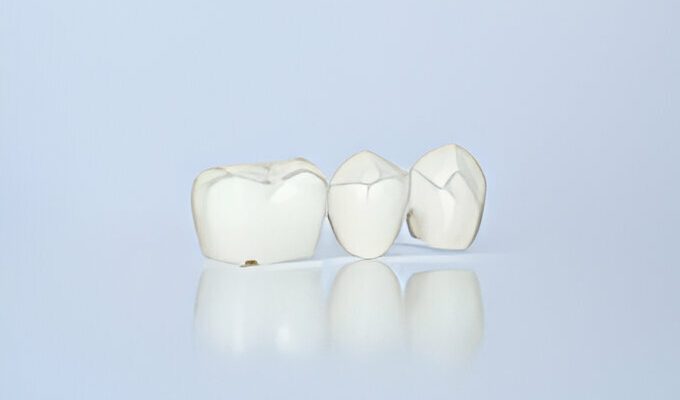Summary
Everyone wants a dazzling smile!
However, sometimes, your smile needs a little help.
Porcelain dental crowns, or caps, are custom-made tooth-shaped covers placed over a tooth to give you a celeb-like smile. Interestingly, however, that’s not all!
These orthodontic appliances also restore the shape, size, and strength while improving the appearance of your smile.

Let’s learn more about porcelain crowns in the following sections via topics like:
- Understanding Porcelain Crowns – What is it About?
- The Process of Getting a Dental Crown
- What To Expect After Completion of a Porcelain Crown Procedure?
- Do You Need A Crown?
- How Long Do Porcelain Crowns Last?
- Tips to Care for Your Dental Crowns
So continue reading as we learn more about oral crowns in the following sections.
Understanding Porcelain Crowns – What is it About?
Porcelain crowns procedure (all-ceramic crowns) are dental caps covering a broken or affected tooth. They are designed to be placed on teeth to restore their function and appearance, making them a great option for protecting and strengthening teeth that cannot be repaired with fillings or other dental treatments.
Unlike gold or metal crowns, porcelain crowns are very similar in color and translucence to natural teeth, making them a popular choice for cosmetic dental operations.
Interestingly, the process of getting crowns is relatively straightforward! Continue reading as we learn more about the process in the next section.
The Process of Getting a Dental Crown
Getting a crown typically requires two visits to your dentist. Initially, your dentist examines the tooth in need of a crown. Once they have an idea of the current condition of your tooth, your dentist in West Columbia, SC, ensures that your tooth can support the prosthesis.
Later, the dentist will file away a significant portion of the tooth enamel to prepare it for the dental crown. However, if there is too much damage, your dentist may fill the tooth to retain the crown.
Once the process of scanning and filing is complete, your dentist will create an imprint of the tooth and send it to the lab to ensure it adjusts to your jaw. You may also be given a temporary crown while you wait for your permanent crown from the lab.
In the final stages, your dentist will glue the crown on your broken tooth using a specific adhesive. You may also need minor tweaks to guarantee a great fit.
Getting used to the prosthesis may take some time, but it should work, feel, and look like a healthy tooth. Interestingly, you can get crowns on both front and rear teeth. Let’s learn more about them in the following section.

Getting Porcelain Crowns on Front Teeth
Porcelain crowns are commonly placed on the front teeth. They are the most visible teeth, and receiving dental crowns there may significantly improve your smile. Imperfect or damaged teeth can be a major concern for your health, self-esteem, and appearance.
Getting Porcelain Crowns on Molars
You can also have porcelain crowns for teeth like molars and rear. Dentists typically prescribe metal crowns for molars since they are not apparent. Metal crowns also provide increased durability. However, if you are allergic to metals, your dentist may recommend porcelain crowns for your teeth.
They evaluate and assess your dental health to pick the appropriate crown for your needs. Crowns are chosen based on your unique issues, needs, position, and visibility of the teeth to be capped.
What To Expect After Completion of a Porcelain Crown Procedure?
Once the porcelain crowns are in place, you must allow your mouth to recover. Following the recovery, you can resume your usual diet. However, you must brush and floss your crown like normal teeth.
Your dentist may advise you to use toothpaste designed for sensitive teeth for a period following the crown placement operation. This is because it may take some time for your teeth to adjust to the presence of a crown in your mouth.
If you feel any kind of discomfort after having a crown for several days or a week, you should see your dentist to confirm whether the new crown has fit precisely in your bite.
Do You Need A Crown?
Dental crowns effectively treat decaying teeth, fractured fillings, broken or cracked teeth, large fillings, root-filled teeth, and other cosmetic dentistry issues. Furthermore, if you have a tooth causing mental or physical suffering due to its defective look, you might consult a dentist specializing in crowns.
How Long Do Porcelain Crowns Last?
While porcelain crowns are robust and may last long, they must be maintained and evaluated regularly. Additionally, you may need to replace them if they are chipped or broken.
Small chips in porcelain crowns can be fixed using composite resin without replacing the entire crown. However, bigger chips or severe chipping may necessitate a crown replacement.
Remember, crowns can become loose or even fall off if they are not correctly fitted or the cement has washed out below them.
Tips to Care for Your Dental Crowns
While porcelain and other dental crowns are less susceptible to cavities, you must still take excellent care of your upgraded teeth, including frequent brushing and flossing.
Deep cleaning is another dental procedure provided by several dental facilities.
If you do not exercise basic dental hygiene, you may still develop cavities and tooth rot beneath a porcelain or other type of crown.

Remember that crowns can still stain, especially if you drink coffee or red wine frequently, which discolor natural teeth.
Teeth whitening solutions do not work on caps or crowns; therefore, if you want to whiten your natural teeth, you should consult your dentist and consider replacing or updating your crown with white teeth caps.
Takeaway
- Porcelain dental crowns, or caps, are custom-made tooth-shaped covers placed over a tooth to give you a celeb-like smile.
- While porcelain crowns are robust and may last long, they must be maintained and evaluated regularly.
- Once the porcelain crowns are in place, you must allow your mouth to recover.
- Getting a crown requires two visits to your dentist: a checkup and crown placement.
- Unlike gold or metal crowns, porcelain crowns are very similar in color and translucence to natural teeth, making them a popular choice for cosmetic dental operations.
- Still confused about the possibilities of a great smile with crowns? Visit our experts at Carolina Smiles Family Dentistry to learn more today!

